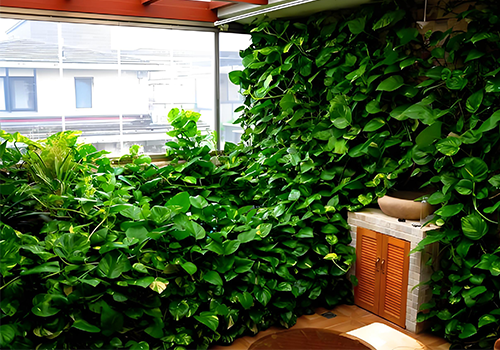Light requirements for healthy growth of dill: the best conditions for healthy growth
Author: MarsGrow
Release time: 2024-04-20 13:09:46
View number: 142

Dill is a popular indoor plant known for its sprawl and low maintenance. Like all plants, dill needs proper light to thrive. In general, dill likes bright indirect light, but can also tolerate lower light conditions. Direct sunlight can be harmful to dill leaves and may cause them to burn or fade. If dill doesn't get enough light, its leaves may become smaller and more scattered, and its growth may slow down. On the other hand, if dill receives too much light, its leaves may turn white or yellow. Knowing the light requirements of dill can help gardeners provide the right growing conditions for this popular indoor plant.
Basic lighting requirements
Dill plants are known for their adaptability and can grow in a variety of light conditions. However, they grow best in bright, indirect sunlight. Direct sunlight can harm the leaves, causing them to burn and change color. On the other hand, lack of light may result in slow growth and protracted stems.
For optimal growth, dill plants should receive 10-12 hours of bright, indirect sunlight per day. This means placing plants near windows that can absorb plenty of natural light, but without direct exposure to the sun's rays. North-facing houses and locations where light has been filtered are ideal.
It is crucial to monitor the growth and appearance of the plant to determine any lighting-related issues. If the leaves show signs of being burnt or turning pale yellow, this may indicate that the plant is damaged and receiving too much light. Conversely, if the plant is showing growth or slow progress, more light may be needed.
Make sure to rotate the dill plant occasionally, making sure all sides are exposed to the same amount of sunlight. This practice promotes even growth and prevents the plant from tilting towards a light source. Remember that finding the right light balance is essential to maintaining the health and prosperity of the dill plant.
deal lighting conditions
Bright indirect light
Dill plants usually thrive in bright indirect light, which benefits their overall growth and health. Direct sunlight can burn leaves and cause damage, so adequate indirect light needs to be provided. This can be achieved by placing plants near windows that are not directly exposed to sunlight, or by using clear curtains to filter sunlight (resource). While some direct sunlight in the morning is acceptable, prolonged exposure, especially in the afternoon, can be detrimental to plant growth (resource).
low light resistance
Although dill plants prefer bright indirect light, they also have an excellent ability to adapt to low light conditions. This low light tolerance makes them suitable for rooms with limited natural light or homes with north-facing windows (resources). However, it is worth noting that dill plants may grow more slowly and have less viability in low light than plants that receive sufficient indirect light. In addition, if the variegated dill is left in low light conditions for an extended period of time, the leaves may lose their variegated color and turn pure green.
Overall, providing ideal lighting conditions for dill plants involves providing them with bright, indirect light while avoiding direct sunlight, especially in the midday and afternoon. These adaptable plants also exhibit excellent tolerance to low light conditions, making them suitable for a variety of indoor environments.
